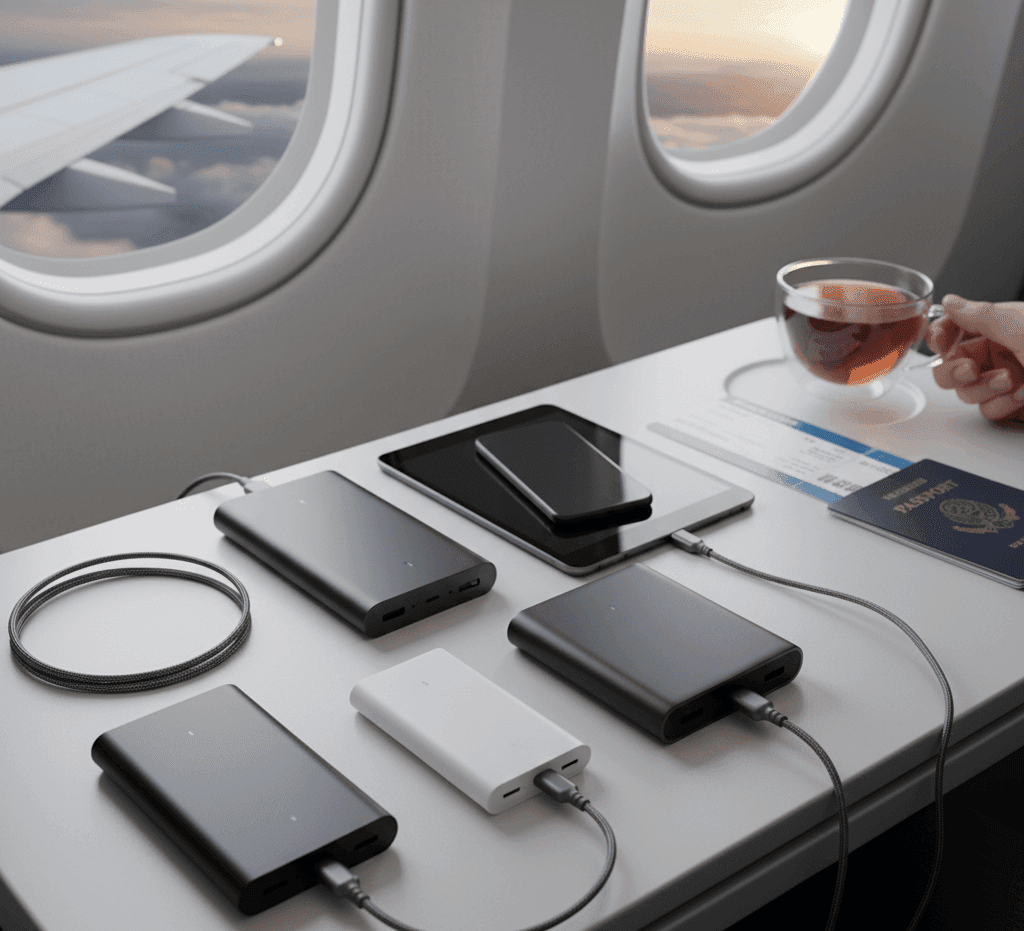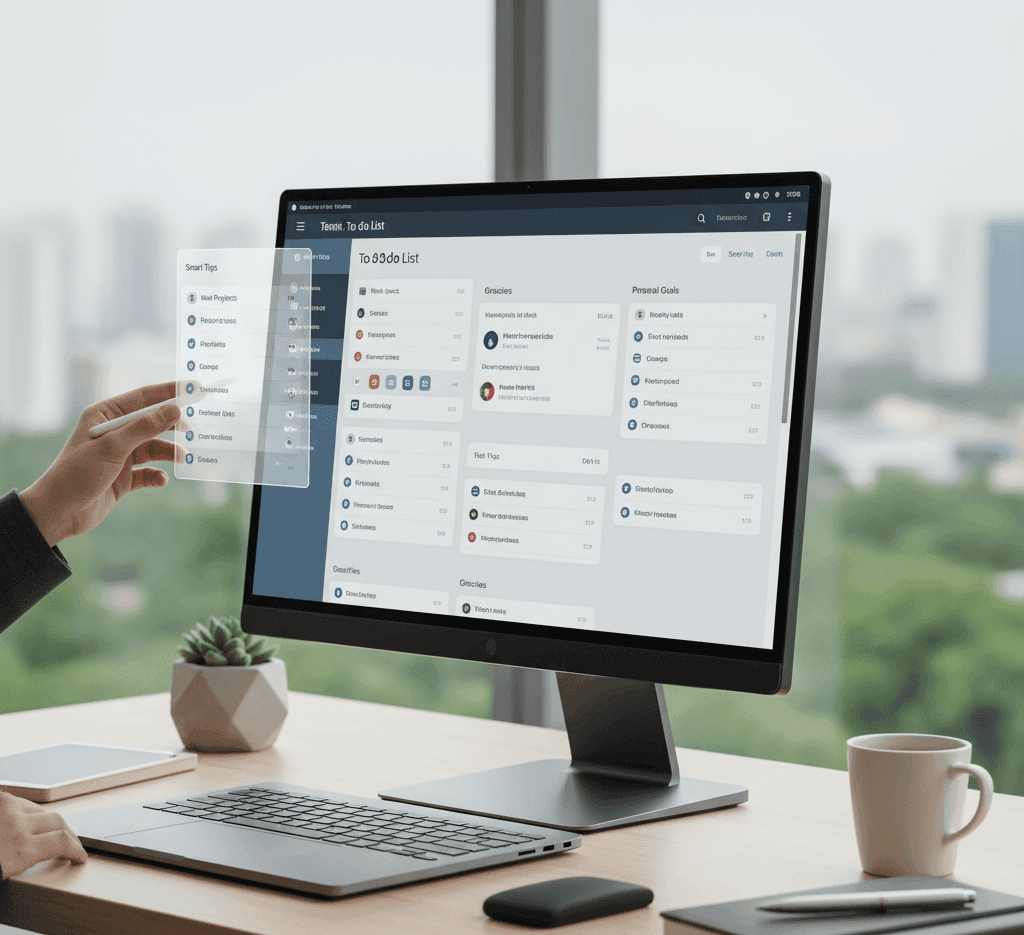Top Integrated Payroll Tools: Compatibility, Features, and Linkage with HR Systems
Apps & AI Tools

In today’s fast-moving business landscape, HR and payroll processes must talk to each other—automatically, accurately, and without friction. That’s where integrated payroll tools come in: they bridge payroll functions with HR systems so you don’t have to juggle data across separate platforms.
In this article, we’ll walk through:
- What integrated payroll tools are
- Key features you should demand
- How integration with HR systems works
- Pros, trade-offs, and things to watch out for
- Tips for selecting and implementing your tool
By the end, you’ll be better equipped to choose a payroll integration platform that fits your company’s size, structure, and growth path.
What Is an Integrated Payroll Tool?
An integrated payroll tool is software that unites payroll calculations (salaries, taxes, deductions, disbursements) with HR functionalities (employee records, benefits, attendance, leave tracking). Rather than two siloed systems, an integrated solution becomes a “single source of truth” for both HR and payroll data.
This means changes in HR—like promotions, time off, hire/termination—automatically feed into payroll calculations, and payroll results feed back into HR reports and dashboards.
Essential Features & Capabilities
When evaluating a payroll integration platform, here are the features that truly matter:
- Time & Attendance & Leave Management: Automatically sync hours worked, overtime, absences, and leave balances into payroll.
- Payroll Calculation & Tax Handling: Support for multiple pay cycles, withholding, deductions, garnishments, and multi-jurisdiction tax rules.
- Employee Self-Service Portal: So employees can access pay slips, update banking or personal info, view benefits, request leave.
- Reporting & Analytics: Real-time dashboards combining HR + payroll data (e.g. cost per employee, headcount vs payroll spend).
- Compliance & Audit Trails: Maintain historical records, versioned changes, tax filing support, and data validation checks.
- Security & Role-Based Access: Limit who can see or edit sensitive payroll or HR data.
- API & Interoperability: Ability to link with existing HRIS, accounting software, or benefits platforms.
- Scalability & Multi-Country Support: For companies with growth plans or international staff.
Tools lacking these basics may cause bottlenecks or force you back into manual data juggling.
How Integration with HR Systems Works
The “magic” behind integrated tools is how they connect with existing HR systems. Here’s how it typically works:
- Single Employee Master Record
HR system holds the master data (hire date, salary, department). Payroll module reads from this master so there’s no data mismatch. - Event Trigger Syncs
When HR records a change (e.g. a salary raise, new leave approval, termination), that event triggers updates in the payroll engine automatically. - API or Middleware Connectivity
Integration is often via APIs or middleware connectors. The payroll tool communicates with HRIS, benefits, time tracking systems seamlessly. - Bi-directional Feedback
Payroll results (net pay, deductions) flow back into HR dashboards so HR and finance teams see a unified view. - Versioning & Audit Logging
Changes in HR or payroll are logged with timestamps and user identities, ensuring transparency and auditability.
When done well, this integration removes duplicate entries, reduces errors, and keeps HR + payroll in sync in real time.
Comparing Native vs Integrated Payroll Modules
One important distinction: native payroll vs integrated / interoperable payroll.
- Native payroll is built within a specific HRIS platform—tightly coupled, optimized performance, seamless UI.
- Integrated/interoperable payroll is designed to plug into multiple HR systems, often through connectors or APIs.
If your organization relies heavily on a particular HR vendor, native payroll may give smoother user experience. But if you want flexibility or already have HR software in place, a payroll integration platform gives you more freedom.
Benefits & Trade-Offs
Benefits you’ll likely enjoy:
- Reduced data entry and fewer manual errors
- Faster payroll processing cycles
- Consistent and accurate data across HR & payroll
- Easier regulatory compliance and audit readiness
- Unified reporting and insights
- Better employee experience via self-service
Potential trade-offs or challenges:
- Higher initial setup or implementation cost
- Data migration & configuration complexity
- Dependency on vendor support and updates
- Less customization flexibility if system is rigid
- Training curve for HR, payroll, and finance teams
Best Practices for Choosing & Deploying
Here are tips to get the most out of your integration platform:
- Map out your existing workflows and pain points first
- See demos and require use-case simulation (your real business processes)
- Check API coverage and how well it integrates with your HRIS, accounting, benefits systems
- Start with a pilot group before rolling out company-wide
- Train users thoroughly (HR, payroll, finance)
- Monitor adoption, error logs, and sync failures
- Maintain a fallback or manual override process during the transition
Want to strengthen your HR tech ecosystem? You might also like:
Up Next
Smartphones
Best Portable Power Banks for Long Flights

Flying long-haul can be a tech nightmare when your phone, tablet, or laptop runs out of battery — and airport outlets might be scarce or inconvenient. That’s why choosing the right portable power bank is essential. In this guide, you’ll learn what features matter most, how to stay within airline rules, and which power banks reliably keep you juiced through long flights.
Why a Good Power Bank Matters for Flights
On a long journey, you might face:
- Limited or no easy access to power outlets
- Multiple devices to charge (phone, tablet, headphones, etc.)
- The need to conserve battery during layovers or unexpected delays
A smart, high-quality power bank acts as your travel safety net. But not just any battery pack will do—you need one that balances capacity, safety, portability, and airline compliance.
What to Look for in a Flight-Friendly Power Bank
1. Capacity & Airline Limits
Airlines usually restrict power banks to 100 Wh (watt-hours) or less in carry-on luggage without special approval. Exceeding that may get your device rejected at security.
To convert:
Wh = (mAh ÷ 1000) × Voltage (usually ≈ 3.7 V)
So a 27,000 mAh bank is about 99.9 Wh and is borderline acceptable. Be sure to check your power bank’s Wh rating.
2. Fast Charging / Output Power
You want USB-C Power Delivery (PD), Quick Charge, or equivalent protocols for faster, efficient charging. A 20W to 100W output is often enough for phones and tablets; higher wattage is helpful for laptops.
3. Multiple Ports & Simultaneous Charging
If you bring more than one device, look for power banks with multiple USB-C/USB-A ports or even USB-C passthrough (charge bank while using it).
4. Compact & Lightweight Design
You don’t want to lug a heavy brick through airports. A well-designed pack with high energy density is key.
5. Safety Features
Overcharge protection, temperature control, quality battery cells—these reduce the risk of failure or thermal events in flight.
Tips for Using Power Banks on Flights
- Always pack it in your carry-on, not in checked baggage.
- Fully charge the power bank before your flight.
- Label Wh or mAh, so TSA or airline staff see specs easily.
- Don't rely on in-seat USB ports (some flights disable them).
- Use it strategically — top up only when battery is low to reduce heat buildup.
Top Power Bank Models to Consider (2025)
Here are some models worth checking out. Always double-check the specs for Wh and airline compliance:
Anker 25,000 mAh (165W) Retractable Cable Power Bank
Samsung 20,000 mAh Power Bank
Romoss 60,000 mAh PEA60 Power Bank
Ugreen 10,000 mAh Fast Charge Power Bank
Xiaomi Redmi Fast Charge Power Bank
Solar 20,000 mAh Stand Power Bank
Here are a few highlights:
- Anker 25,000 mAh (165W) Retractable Cable Power Bank — High output, built-in cable, ideal for multiple devices.
- Samsung 20,000 mAh Power Bank — Good balance of capacity and size for flights.
- Romoss 60,000 mAh PEA60 Power Bank — Massive capacity, but check Wh rating to confirm it’s airline-legal.
You can use these as reference when you choose which ones to feature and link to in your published post.
Up Next
Apps & AI Tools
Top To-Do List Apps for Staying Organized (With Smart Tips)

Choosing the Right To-Do List App: What Matters in 2025
Before jumping into app names, let’s talk about what actually makes a to-do list app good. Over the years, user expectations have shifted: simple checklists aren’t enough anymore. A top app in 2025 should deliver:
- Quick task entry & natural language — You want to type “Call Sarah tomorrow 3 pm” and have that parse into a task + date.
- Cross-platform sync — Whether you're on phone, tablet, web, or desktop, your tasks should stay in sync.
- Flexible organization — Tags, projects, folders, or boards: let people arrange based on their style.
- Smart reminders / scheduling aids — Nudges, deadlines, due dates, recurring tasks all done well.
- Clean UI + performance — It should feel smooth, minimal, and pleasant to use daily.
Best To-Do List Apps to Try in 2025
Below are several leading apps with unique strengths. Try a few to see what resonates with your workflow.
1. Todoist
Widely recognized as an all-rounder, Todoist blends power and ease. You get natural language parsing for tasks, project and label features, and multi-platform support.
Pros:
- Excellent cross-platform support
- Robust free tier
- Good for both simple lists and deeper projects
Things to watch: Some advanced filters & automations require Premium.
2. TickTick
TickTick offers task + calendar views, built-in timers (Pomodoro), and habit tracking. It’s ideal if you like having everything in one spot.
Pros:
- All-in-one interface
- Great for people who like combining schedules + tasks
- Solid free option
3. Microsoft To Do
Especially if you're in the Microsoft ecosystem, this is a strong choice. Seamless integration with Outlook, flagged emails, and Windows features.
Pros:
- Completely free
- Tight integration with Microsoft apps
- Simple, no-frills tool
4. Apple Reminders / Things (for Apple Users)
If you're embedded in the Apple ecosystem, Apple Reminders is a solid default. For more power, Things offers polished design and advanced organization (Note: Things is Apple-only).
5. Any.do
A strong contender for users who want simplicity + syncing across devices. It’s designed for consistency across web, mobile, and desktop.
Tips to Get the Most Out of a To-Do App
Here are strategies to make any app more effective:
- Use a “Quick Add / Inbox” for dumping thoughts
When a task comes to mind, jot it in your inbox first; sort later. - Limit projects or categories
Too many projects leads to overwhelm. Use a handful you actively use. - Schedule review sessions
Weekly check-ins help you clean up, reprioritize, and archive. - Use reminders but don’t overload
Set reminders only for tasks you truly might forget; avoid clutter. - Leverage integrations / automations
Some apps let you connect with calendar apps, email, or productivity tools. - Test for a month
Use the free tier or trial — consistency is the test, not features alone.
How These Apps Were Chosen
These apps were selected based on usability, cross-platform support, feature depth, design quality, and consistent updates. They’re trusted by productivity enthusiasts and professionals worldwide for personal and team use alike.



